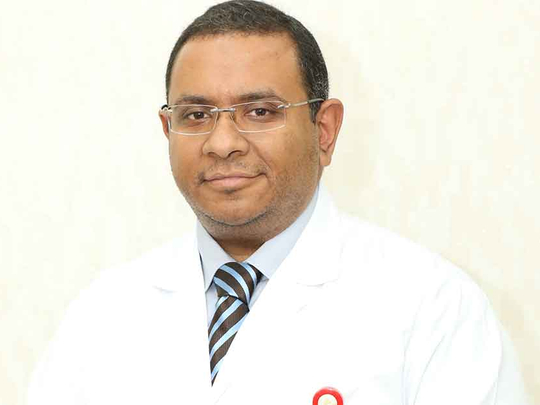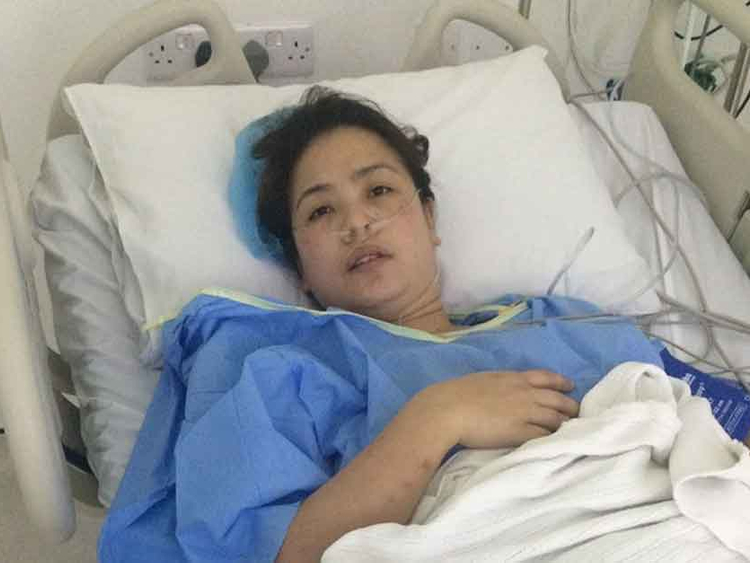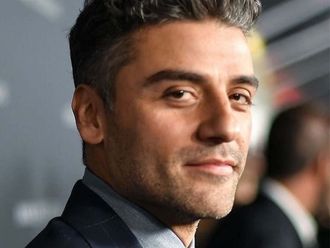
Chona Umayam Manalo can breathe easy now thanks to the expert team of doctors at Thumbay Hospital in Ajman. The 35-year-old Filipina underwent balloon mitral valvuloplasty, a rare cardiac procedure to help blood flow more easily through the heart.
Manalo, who works as an inventory clerk in a Dubai-based restaurant chain, was admitted to Thumbay Hospital last December with high fever, cough and shortness of breath. Dr Tamer Taha Ismail Taha, Associate Professor and Specialist in Cardiology at Thumbay Hospital Dubai, checked her and suggested the procedure to help resolve her health issues.
A balloon valvotomy is a minimally invasive procedure that widens the mitral valve so that blood can flow easily through the heart. Manalo had gone to the hospital complaining of difficulty in breathing while carrying out her normal, day-to-day activities.
“Dr Taha had recommended and introduced me to the hospital’s interventional cardiologist,
Dr Mahmoud Farouk, who was based in Thumbay Hospital Ajman, since the treatment was not available in the Dubai branch.”
“We examined Manalo by conducting transesophageal echocardiography (TEE), a test that produces pictures of the heart, which showed the presence of rheumatic infection of the mitral valve, revealing severe mitral valve stenosis,” says Dr Farouk.
Origin in childhood
Mitral valve stenosis is a condition usually resulting from infections in childhood caused by organisms that affect the heart valves, the doctor explains. Children catch the infection spread through coughing and sneezing in crowded places such as schools.
Improper treatment of sore throats and tonsillitis in childhood is an important cause of this disease, which goes on to infect the heart.
Usually children remain asymptomatic until the age of 20 or 30 and the condition is discovered accidentally during a medical examination or through diagnosis after they start complaining of uneasiness.
“Traditionally, surgery had been the solution to rectify mitral valve stenosis,” Dr Farouk says. “However, since the invention of the balloon procedure, this has been the first line of treatment. It is beneficial for the patient who otherwise would have to undergo an open-heart surgery to rectify the condition. An important advantage of this procedure is that the patient can resume his/her normal routine just one day after the procedure with no need for prolonged rest and not more than a day of hospital admittance.
“Usually the procedure is effective and complete recovery is achieved. However, rarely some patients develop restenosis after ten years.”
Restenosis is the recurrence of abnormal narrowing of an artery or valve after corrective surgery.
“The advantage of balloon mitral valvuloplasty is that, even in case of restenosis ten years later, the procedure can be repeated, rather than resorting to surgery,” he adds.
The procedure
“Performing TEE on Manalo was also important to make sure there were no clots in the patient’s heart, which may give rise to complications during the procedure,” he says.
“The patient was then prepared for the percutaneous balloon mitral valvuloplasty. She was taken to the hospital’s advanced cath lab, where the operation was completed in about one-and-a-half hours and the patient transferred out of the cath lab after performing dilatation of the affected mitral valve. The next day, the patient was discharged from the hospital after undergoing transthoracic echocardiogram to confirm the post-procedure result.”
Manalo is happy she opted for the procedure. “Dr Farouk was fantastic and I am feeling great after my operation. I am still in the recovery period that will last up to one year [after the operation].”
“The recovered patient will now undergo periodic check-ups; one week after the procedure, then one month later, and after that, yearly,” says Dr Farouk.









